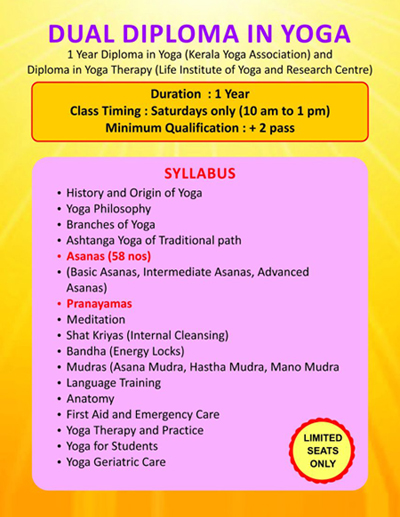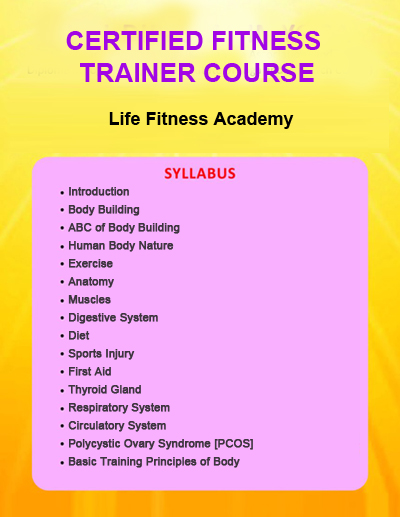

Vinyasa yoga is popular and is taught at most studios and gyms. "Vinyasa" means linking breath with movement. The postures are usually done in a flowing sequence, or "vinyasa flow." The fluid movements can be memorized and done as a moving meditation, almost like a dance.
The popularity of this style of yoga comes from the sensual movements, pleasant music, usually (but not always) practiced in a dark room, or sometimes by candlelight and with the eyes closed.
Ashtanga means "eight limbs" and encompasses a yogic lifestyle. Most people identify Ashtanga as traditional Indian yoga. Like Vinyasa yoga, the Ashtanga yoga asanas (postures) synchronize breath with movement as you move through a series of postures.
The practice is usually performed without music, and sometimes without verbal instruction (in silence).
The emphasis on this practice is alignment in the asanas using breath control through pranayama and the use of props (bolsters, blankets, blocks and straps.) This style of yoga is usually taught without music and at a slower pace designed to assist students to get deeper into the postures.
WAlso based on the Eight Limbs of Yoga, Iyengar yoga is named after B.K.S. Iyengar, a famous yogi from India. It was popularized in the West about the same time as Ashtanga yoga.
Bikram yoga was designed by Bikram Choudhury in the 1970s, who brought the practice to California from India.Class consists of the same twenty-six yoga postures and two breathing exercises. It is ninety minutes long and done in a room that is 105 degrees Fahrenheit with 40% humidity. The room is bright and the students face mirrors to check proper posture and alignment. There is no music during class.
Jivamukti was created in 1984 by Sharon Gannon and David Life in New York City. ivamukti translates to "liberated being." Class incorporates Sanskrit chanting, Pranayama, and movement (Asanas), with a theme or lesson for each class. This is a good blend of spiritual and physical exercise.

